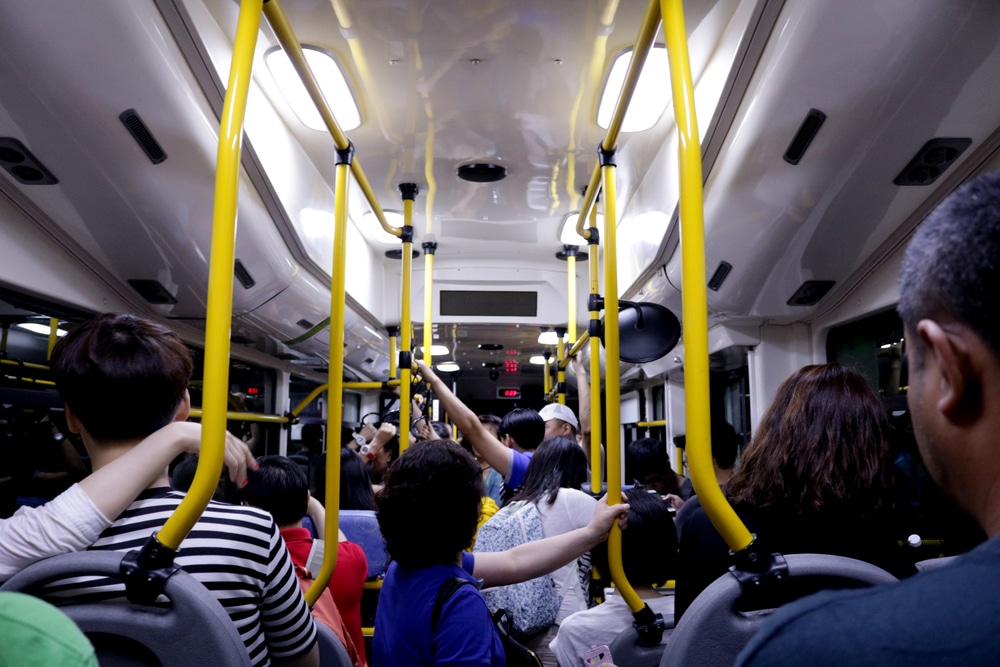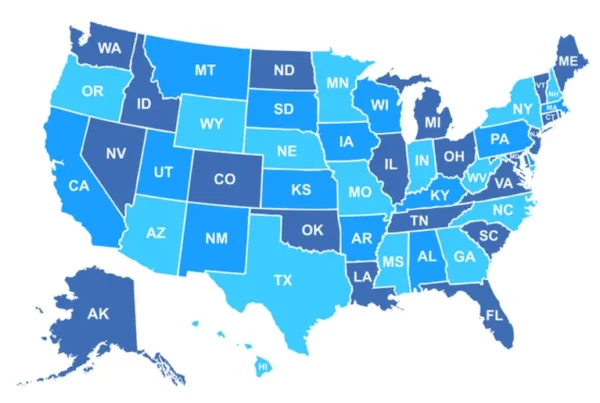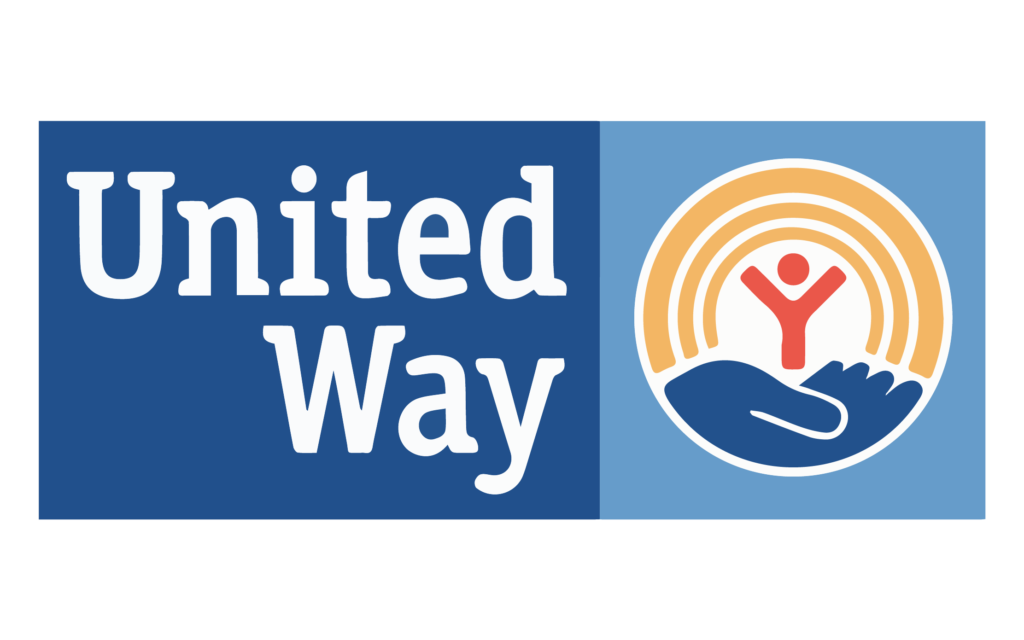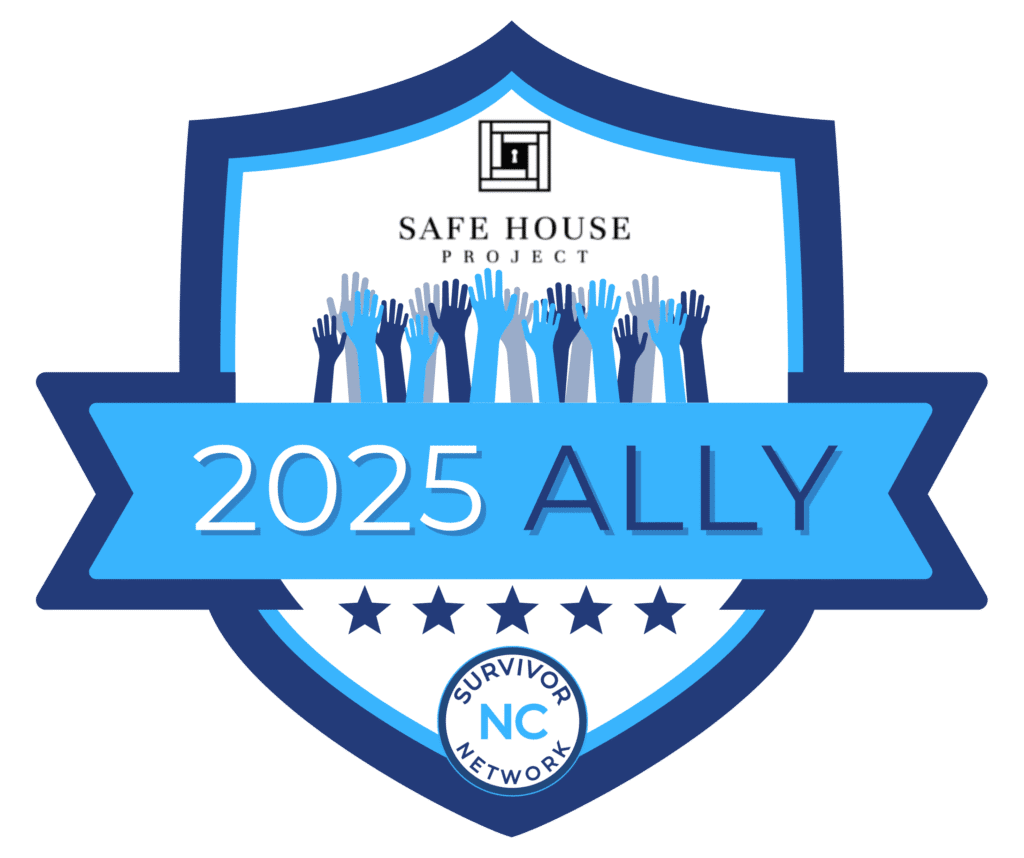Human trafficking is a serious yet sadly often unnoticed crime. Oftentimes, the signs are hidden in plain sight. Whether it’s happening in cities, suburbs, or rural communities, trafficking can affect anyone, anywhere, at any time. Recognizing the signs of trafficking within your community is essential for those who want to play an active role in prevention. Awareness can help expose these situations and protect vulnerable individuals before it’s too late.
At Safe House Project, we are helping lead the fight against human trafficking. With a focus on raising awareness and educating communities about the realities of this issue, we seek to combat this pervasive crime by teaching people how to spot and respond to signs of trafficking in their everyday lives. In this blog, we’ll provide readers with practical insights into recognizing the often-overlooked indicators of trafficking. Our goal is to arm you with the knowledge needed to identify these signs in a variety of environments and to take steps toward helping those in need.
The Scope of Human Trafficking
The Many Faces of Human Trafficking
Trafficking manifests in various forms, making it harder to detect. It is not limited to one type of exploitation. Beyond the widely known issue of sex trafficking, labor trafficking is equally prevalent and often misunderstood. Victims of labor trafficking might be forced to work under inhumane conditions, receiving little to no compensation, while their traffickers exert control through threats or deception. These forms of trafficking are not exclusive to certain areas or populations—they can occur in affluent neighborhoods just as easily as in urban settings. Misconceptions about trafficking often lead people to think it’s something that happens far away, in different countries, or under extreme circumstances. In reality, trafficking can occur in any community, and victims can be men, women, or children from any socioeconomic background. Labor trafficking, in particular, is frequently overlooked. Domestic workers, construction laborers, and agricultural workers can all fall victim to this form of exploitation. Traffickers often use manipulation, fear, and financial control to keep victims from seeking help.
Common Myths vs. Reality
Another myth is that trafficking only happens in certain types of areas, like impoverished neighborhoods or overseas. The truth is, trafficking can be found in upscale suburban homes, small rural towns, and online spaces. Many people also believe trafficking is always visible or dramatic. However, traffickers are skilled at concealing their activities, and victims may not always show outward signs of distress. It’s vital to dispel these myths so that individuals are more attuned to the subtle, everyday indicators of trafficking, regardless of where they are. For a deeper understanding of the common misconceptions surrounding human trafficking, visit the DHS Blue Campaign’s Myths and Misconceptions page.
Key Indicators of Human Trafficking
Recognizing Behavioral Red Flags
One of the most critical aspects of recognizing trafficking is paying attention to behavior. Trafficking victims often exhibit specific behaviors that can raise red flags if you know what to look for. Victims may seem unusually fearful, anxious, or submissive, especially around certain people. They might avoid eye contact, seem unable to speak for themselves, or appear to have no control over their own decisions, movements, or money. Another behavioral sign is someone being overly deferential or withdrawn. These individuals might seem disoriented, unsure of their surroundings, or confused about where they are or what day it is. In some cases, traffickers accompany their victims in public spaces and prevent them from interacting with others, further controlling their movements and communication.
Physical and Environmental Clues
Beyond behavior, there are also physical and environmental signs that can point to trafficking situations. These clues may include physical appearance or the conditions in which a person is found. Victims of trafficking may show signs of physical abuse, malnutrition, or exhaustion. They might lack access to basic necessities like proper clothing or hygiene products, even if they are employed in industries where such neglect would seem out of place. In environments where trafficking occurs, you might notice overcrowded living conditions, restricted access to outdoor spaces, or evidence that individuals are being moved frequently. Unusual travel patterns, such as people being dropped off and picked up at odd hours, or the presence of barred windows, can also signal that something is wrong.
Specific Signs in Different Contexts
Trafficking can occur in various settings, and the signs may differ depending on the environment. In workplaces, employees may not have access to their identification documents or may be forced to live on-site under restrictive conditions. In residential areas, you might notice individuals who seem isolated, rarely leaving the property, or who work excessively long hours without breaks. In public spaces, victims may appear out of place, unsure of their surroundings, or accompanied by someone who controls their interactions. Being attuned to these signs in different contexts can help expose trafficking where it might otherwise go unnoticed.
Common Trafficking Environments
Recognizing Behavioral Red Flags
Identifying human trafficking often requires careful observation of behavioral patterns. Victims of trafficking may display signs of fear, anxiety, or extreme deference, particularly in the presence of certain individuals. They might avoid interaction with others or appear hesitant to speak freely, as if under instruction or control.
In some cases, victims may seem overly submissive, disconnected, or unsure about their surroundings. They may struggle to answer basic questions about their daily lives, such as where they live or work, or appear unaware of their exact location. Traffickers often control their victims’ movements and communication, which can be evident in public interactions where victims are closely monitored or prevented from engaging with others independently.
Vulnerabilities in Suburban and Rural Areas
While trafficking is often associated with urban areas, it is just as prevalent in suburban and rural settings. Trafficking in rural or suburban environments can be harder to detect because it often happens behind closed doors. In these areas, traffickers may exploit farm laborers, domestic workers, or even factory employees, hiding their operations in seemingly quiet communities. Since rural areas often lack the resources or awareness needed to spot trafficking, it can flourish undetected. Residents in these communities should be aware that trafficking doesn’t only happen in faraway places—it can happen right next door.
Online Spaces as Trafficking Hotspots
The digital age has made it easier for traffickers to exploit individuals online. Trafficking often begins or is facilitated through online platforms. Predators use social media, job boards, or messaging apps to lure victims. They may promise employment or relationships, only to trap individuals in exploitative situations. In online environments, signs of trafficking can include secretive or deceptive behavior, such as being forced to respond to messages while under surveillance. Understanding how trafficking operates in digital spaces is crucial for prevention.
What to do if You Suspect Trafficking
Immediate Steps to Take
If you suspect someone is a victim of trafficking, there are steps you can take to help without putting the victim or yourself at risk. The first and most important step is to report your suspicions to the proper authorities. Contact local law enforcement or a human trafficking hotline. If you witness trafficking in a public space, try to note key details like the location, the physical appearance of the trafficker and victim, and any license plate numbers if vehicles are involved. Avoid confronting the trafficker directly, as this could put both you and the victim in greater danger. Instead, provide as much information as possible to the authorities, who are trained to handle these situations safely.
Supporting Victims Without Compromising Their Safety
Offering help to a victim of trafficking must be done carefully to avoid putting them at further risk. If you believe someone is being trafficked, ensure that any help you offer prioritizes their safety. Traffickers often exert control through fear, and victims may be too afraid to seek help on their own. If it’s safe to do so, discreetly offer information on resources such as the National Human Trafficking Hotline. However, never pressure a potential victim to leave a situation abruptly, as this could escalate the danger. Empower them with options, but let professionals take the lead in extracting them from the situation.
Our Role in Raising Awareness
Educational Programs and Resources
Safe House Project is committed to educating the public on how to identify and respond to trafficking. Safe House Project offers a range of educational programs, including workshops, online courses, and community outreach initiatives, aimed at raising awareness about the signs of human trafficking. These programs are designed to equip everyday citizens with the tools they need to identify potential trafficking situations and take appropriate action. By focusing on education, Safe House Project empowers individuals to become part of the solution.
How to Get Involved
There are numerous ways to support the fight against trafficking through Safe House Project. Safe House Project offers several opportunities for involvement, from fundraising to getting training, to signing petitions. Become part of Safe House Project’s mission by donating or participating in training, helping expand the reach of safe homes and survivor services nationwide. By spreading the word in your community and sharing educational resources, you can help increase awareness and contribute to the fight against trafficking.
Final Thoughts
Recognizing the hidden signs of human trafficking is the first step toward prevention. By becoming more aware of the behavioral, physical, and environmental indicators of trafficking, you can help expose these crimes and protect those in danger. Safe House Project’s educational initiatives are a vital resource for individuals looking to make a difference. Through continued awareness and action, we can work together to create a world where trafficking no longer thrives in the shadows.
Safe House Project
Safe House Project invites you to join the fight against human trafficking. Action begins with education, and you can make a difference. Visit our website to access educational resources and find out how you can contribute to our mission. Together, we can help end human trafficking and provide survivors with the support they need. Help provide survivors with transformative care by donating today—$0.87 of every dollar goes directly to services that assist survivors in building new lives. Donate today.










